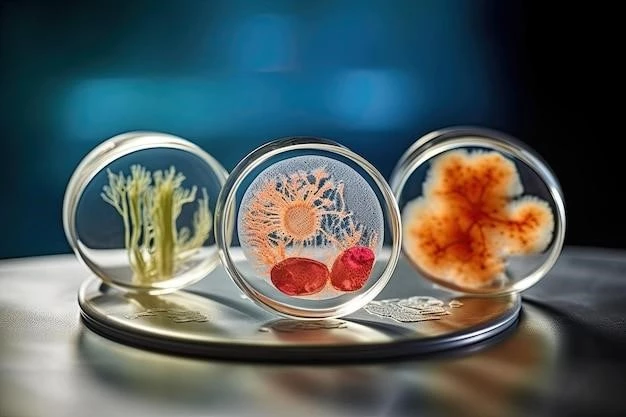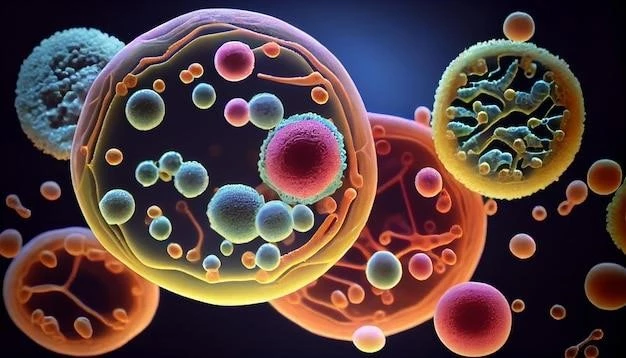Amelogenesis Imperfecta Hypomaturation Type
Causes of Amelogenesis Imperfecta Hypomaturation Type
Amelogenesis Imperfecta Hypomaturation Type is caused by genetic mutations affecting proteins involved in enamel formation. These mutations disrupt enamel maturation, leading to enamel that is soft and prone to wear and breakage.
Specific genes involved include MMP20٫ KLK4٫ and amelogenin. Environmental factors do not play a significant role in this type of amelogenesis imperfecta.
Understanding the genetic basis of this condition is crucial for accurate diagnosis and appropriate treatment. Research continues to uncover more about the intricate mechanisms behind amelogenesis imperfecta hypomaturation type.
Symptoms of Amelogenesis Imperfecta Hypomaturation Type
Patients with Amelogenesis Imperfecta Hypomaturation Type often present with discolored teeth that appear yellow or brown due to the abnormal enamel structure. The enamel is softer than normal, making it more susceptible to wear and damage.
Individuals may experience increased sensitivity to hot, cold, or sweet foods and beverages. There may be rapid enamel loss, leading to teeth that are prone to cavities, chipping, and cracking. Malformed teeth with uneven surfaces are also common.
These symptoms can impact the aesthetic appearance of the teeth and may cause difficulties with chewing and speaking. Early detection and management are essential to prevent further dental complications and preserve oral health.
Treatment Options for Amelogenesis Imperfecta Hypomaturation Type
Treatment for Amelogenesis Imperfecta Hypomaturation Type focuses on protecting the enamel, improving aesthetics, and maintaining oral health. Options include dental bonding, crowns, veneers, and in severe cases, full mouth rehabilitation.
Regular dental check-ups and cleanings are essential to monitor enamel health and address any issues promptly. Fluoride treatments and specialized toothpaste can help strengthen enamel and reduce sensitivity. Proper oral hygiene practices, including brushing with a soft-bristled brush and avoiding acidic foods, are crucial.
Patients may benefit from working with a multidisciplinary team including dentists, orthodontists, and prosthodontists to create a personalized treatment plan that addresses their unique needs and concerns.
Diagnosis of Amelogenesis Imperfecta Hypomaturation Type
Diagnosing Amelogenesis Imperfecta Hypomaturation Type involves a thorough dental examination, including a review of the patient’s medical history and family history of dental issues. Clinical observations of enamel abnormalities, such as discoloration and texture irregularities, aid in diagnosis.
Dental imaging techniques like X-rays and genetic testing may be utilized to confirm the diagnosis and identify the specific genetic mutations involved. Collaboration between dentists and genetic specialists is essential in accurately diagnosing this condition.
Early diagnosis is crucial for implementing appropriate treatment strategies and preventing further complications associated with Amelogenesis Imperfecta Hypomaturation Type. Genetic counseling may also be recommended for affected individuals and their families.
Genetic Factors in Amelogenesis Imperfecta Hypomaturation Type
Amelogenesis Imperfecta Hypomaturation Type is primarily caused by mutations in specific genes responsible for enamel formation. Mutations in genes like MMP20, KLK4, and amelogenin disrupt enamel maturation and lead to the characteristic soft and discolored enamel associated with this condition.
These genetic factors influence the mineralization and structural integrity of enamel, affecting its strength and resistance to wear. Understanding the genetic basis of this condition is crucial for accurate diagnosis and treatment planning.
Research into the genetic factors of Amelogenesis Imperfecta Hypomaturation Type continues to expand our knowledge of the molecular mechanisms underlying enamel development, paving the way for targeted therapies and personalized treatment approaches in the future.
Complications Associated with Amelogenesis Imperfecta Hypomaturation Type
Amelogenesis Imperfecta Hypomaturation Type can lead to various complications impacting oral health and quality of life. The soft and porous enamel is more prone to decay, erosion, and mechanical wear, increasing the risk of cavities and fractures.
Individuals may experience heightened tooth sensitivity and aesthetic concerns due to discolored and misshapen teeth. Malocclusion, or improper alignment of the teeth, may also occur, affecting bite function and speech. These complications can have psychological and social implications, impacting self-esteem and confidence.
Regular dental monitoring and appropriate treatment are essential to prevent and address these complications, preserving dental function and appearance in individuals with Amelogenesis Imperfecta Hypomaturation Type.

Lifestyle Management for Amelogenesis Imperfecta Hypomaturation Type
Lifestyle management for individuals with Amelogenesis Imperfecta Hypomaturation Type focuses on maintaining good oral hygiene practices and making dietary choices that support overall dental health. Regular brushing with a soft-bristled brush and fluoride toothpaste is essential to prevent decay and enamel erosion.
Avoiding acidic and sugary foods can help protect the enamel from further damage. Individuals with this condition may benefit from using enamel-strengthening toothpaste and fluoride treatments as recommended by their dentist.
Regular dental check-ups are crucial for monitoring the condition of the enamel and addressing any issues promptly. Patients should communicate any changes in their oral health to their dental healthcare provider to ensure timely intervention and management.
Research Advances in Amelogenesis Imperfecta Hypomaturation Type
Ongoing research into Amelogenesis Imperfecta Hypomaturation Type is advancing our understanding of the condition and paving the way for innovative treatment approaches. Studies focusing on the genetic mechanisms underlying enamel maturation are providing insights into potential therapeutic targets.
Emerging technologies like gene therapy and enamel regeneration techniques show promise in correcting enamel defects associated with this condition. Collaborative efforts between researchers, clinicians, and geneticists are driving progress in personalized treatment strategies tailored to individual genetic profiles.
By staying at the forefront of scientific advancements, the medical community is working towards improved outcomes and quality of life for individuals affected by Amelogenesis Imperfecta Hypomaturation Type.
